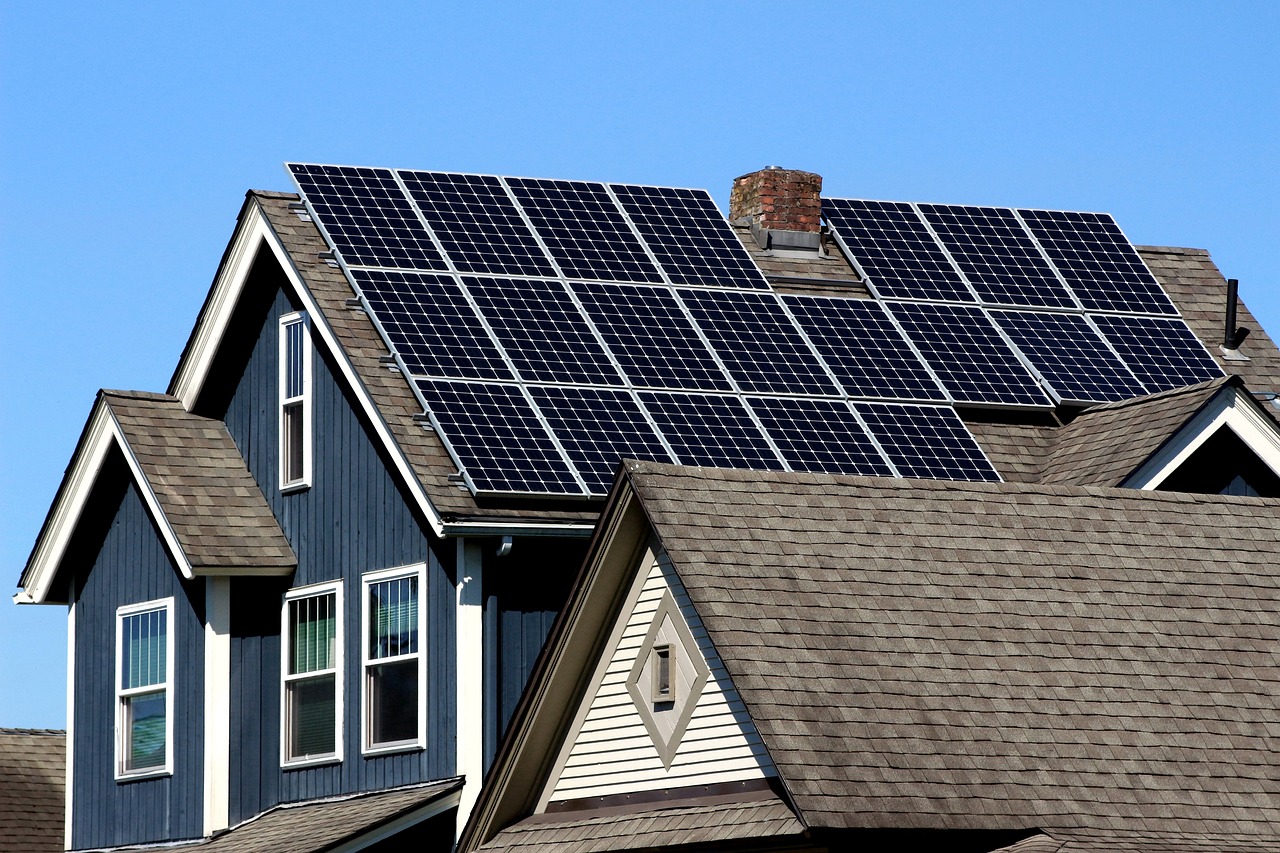
The Current State of BIPV
Rooftop solar products have undergone a renaissance. Price reductions, policy-related advocacy and product availability have made commercial and residential solar panels commonplace. However, BIPV systems take solar’s advantages further by making renewable energy a structural component. These systems also complement other solar variants like bifacial panels to maximize generation per panel.
The BIPV market in the U.S. is predicted to have a compound annual growth rate of 22.1% between 2024 and 2030. Meanwhile, Europe’s BIPV revenue grew 37.1% in 2023, outperforming the rest of the world. A combination of consumer curiosity and government interest is clearly promoting its viability, and corporations are taking action by engaging in strategic partnerships to advance BIPV innovations.
BIPV systems could be in the form of pre-installed solar shingles or window glazing. It is a diverse technology with seemingly limitless potential. Innovations like thin-film technologies support the idea of incorporating solar generation into all aspects of the home, including carports, awnings, facades and more. While rooftops are optimal for getting the most exposure, the sun’s rays reach many surfaces and could have more utility than they currently do.
The Reason BIPV Has Promise
The versatility and malleability of BIPV systems make them enticing to modern professionals and consumers. The advantages warrant more expansive research and knowledge-sharing inside and outside the industry. If widely implemented, BIPV systems can help save on construction materials by incorporating solar energy. They can also reduce maintenance costs and needs, saving even more raw resources in the process.
Additionally, BIPV systems promise energy independence and resilience. They allow builders to leverage every inch possible to produce power. If the home is connected to battery energy storage solutions, then the house — and its community, if connected to a microgrid — will benefit. The surplus can alleviate financial burdens by not having to rely on utility companies during peak times and provide sustainable energy to neighbors. If an outage occurs, the backup power keeps lights on — all because BIPV systems gave households countless avenues to store more resources.
Recently, California passed a mandate requiring all new builds in the state to have solar panels. While most of this manifests as rooftop solar, similar legislation could expand BIPV systems and make them more accessible to the average citizen. Prospective homebuyers would no longer need to seek an external provider or worry about financing — everything is bundled for a streamlined, eco-friendly home-buying experience. Notably, buyers also like the more aligned aesthetic. Home values could increase because the solar assets feel part of the build instead of tacked onto a rooftop.
The Possibilities for BIPV and BAPV
While BIPV is exclusive for new builds, building-added or applied photovoltaics (BAPV) is a way to add solar products after construction. Corporations can take advantage of BAPV systems for monumental utility savings and increased uptime.
For example, in a restaurant, refrigeration can use 10% to 20% of a restaurant’s electricity. It is precarious to have one business-critical asset capitalize on so much money and electricity. However, it demonstrates where massive savings can occur. The restaurant could add BAPV systems, especially if it features interior aesthetics like bay windows or skylights.
BAPV and BIPV systems absorb heat that would otherwise impact internal temperatures, so they can help lower energy costs and needs. A research effort in Dubai discovered that BIPV reduced high-rise building energy consumption by up to 32.8% by adding BIPV on windows and exterior walls.
The Factors Experts Consider for Longevity
If renewable energy and construction professionals want BIPV’s positive reputation to persist, they must preemptively tackle potential obstacles. Otherwise, structures with BIPV might endure some headaches in the near future.
Compatibility is the first concern. Most buildings will receive BIPV as a new construction, so fit shouldn’t be an issue. However, maintenance and replacements should be able to occur easily, which means the integrations cannot be too limiting. Additionally, BIPV systems must be sturdy and durable. Installers and engineers will need to strive for this delicate balance.
Many are also concerned with fire safety despite regulatory bodies and third-party testing agencies working to refine manufacturing guidelines. Advanced frameworks will be necessary as BIPV expands, though renewable energy installers can educate customers on what exists to keep buildings protected. Sometimes, knowing there are systems in place to oversee BIPV production is enough to keep adoption momentum alive.
Finally, cost is the most prohibitive barrier for commercial and residential installations. Conventional solar panels are objectively cheaper in most cases, but the cost is circumstantial compared to other energy-efficiency strategies. An economic feasibility test in northern Texas tested how BIPV would impact citizens’ finances compared to green roofs. Based on the levelized cost of electricity, green roofs cost 39.77% more than BIPV because of discounts and the profits associated with the latter.
The Future of BIPV
In general, solar seems to be on an unbeatable path to becoming the world’s most common renewable energy generator. BIPV systems are pivotal in advancing this, incorporating green power into more places than rooftops and backyards. They expand the possibilities of where clean electricity can come from, challenging related industries to diversify their technologies to be more adaptable. Eventually, BIPV systems will disseminate fears around renewable reliability until sustainable energy becomes an irrefutably obvious choice.

